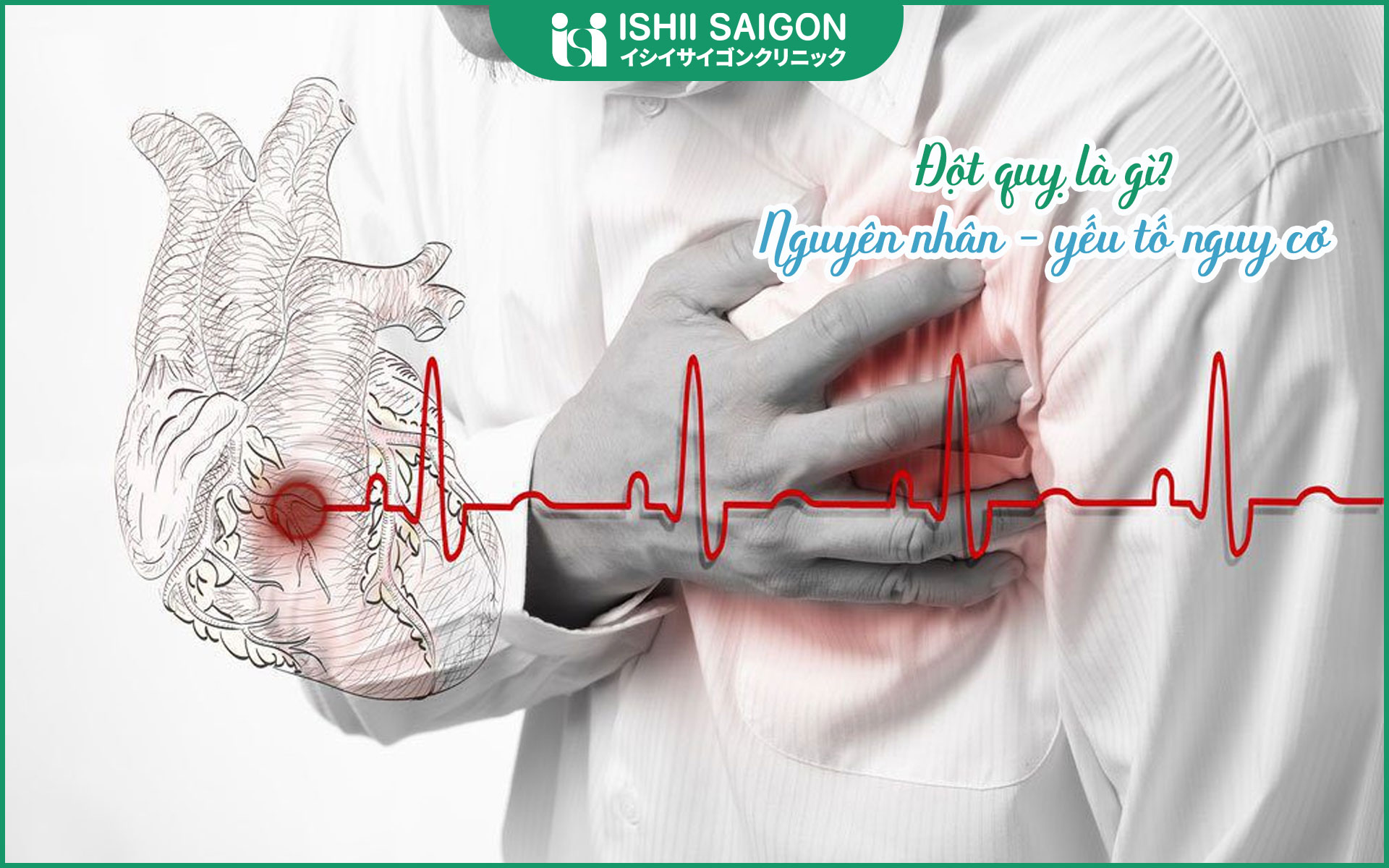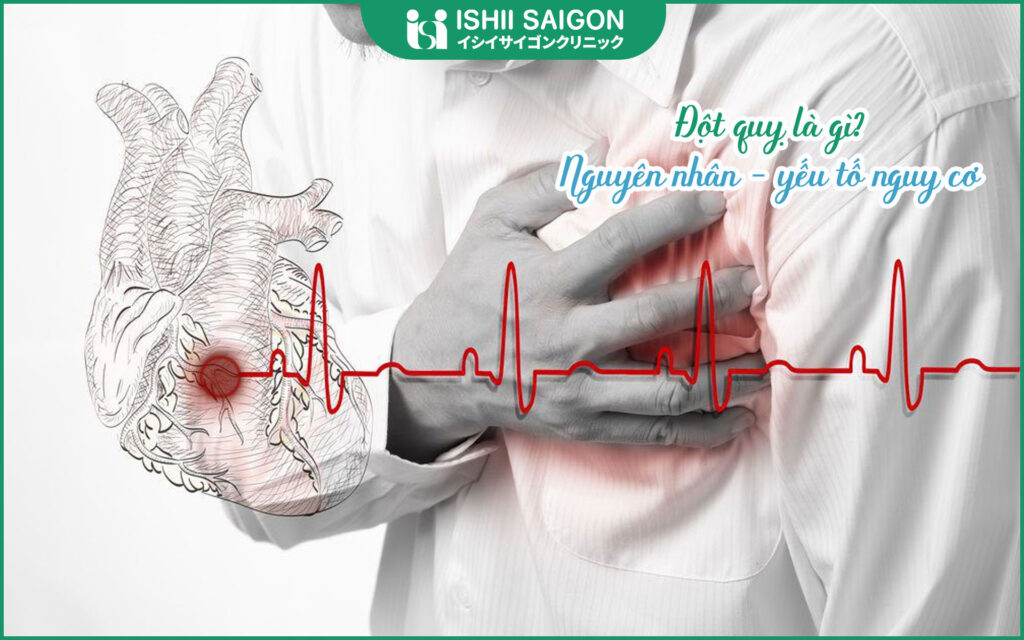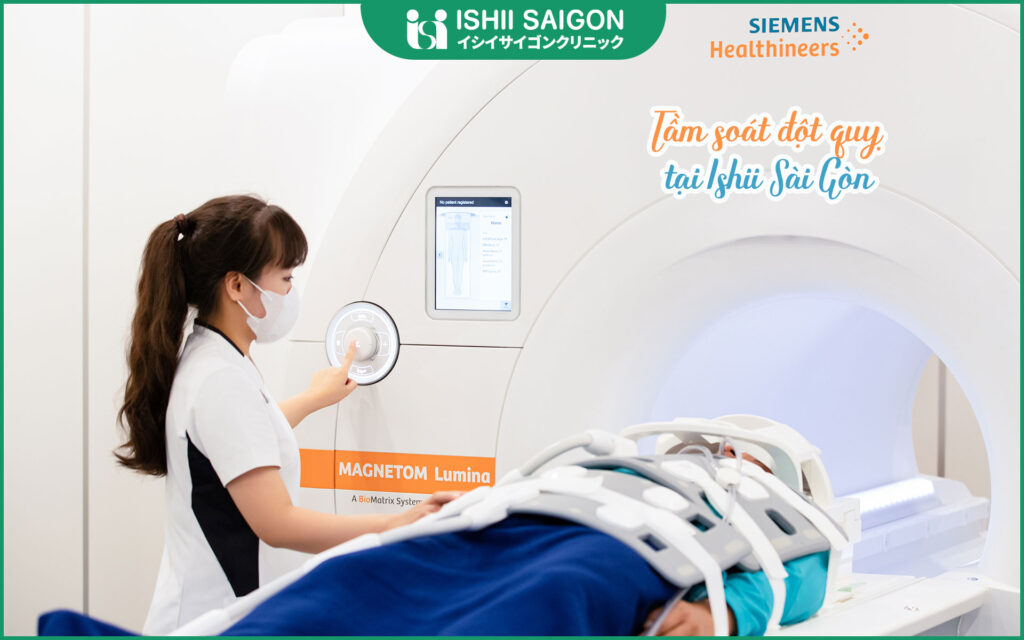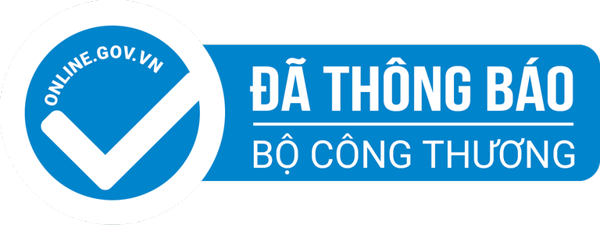
Stroke is one of the leading causes of death and disability worldwide. This condition not only affects the individual's health but also places a significant burden on families and society. However, the good news is that many cases of stroke can be prevented through lifestyle changes and timely screening measures. In this article, we will explore stroke prevention and screening methods, from definitions, causes, and risk factors to prevention strategies and essential considerations.
Definition of stroke and its causes
Stroke occurs when the blood supply to the brain is interrupted or reduced, leading to brain tissue damage. There are two main types of stroke: ischemic stroke (caused by a blood vessel blockage) and hemorrhagic stroke (caused by a blood vessel rupture).
ischemic stroke
Ischemic stroke accounts for approximately 87% of all stroke cases. The primary cause of this condition is the formation of a blood clot in a cerebral blood vessel, blocking blood flow. Factors such as atherosclerosis, high blood pressure, and diabetes can contribute to the formation of blood clots.
Hemorrhagic stroke
Hemorrhagic stroke occurs when a blood vessel in the brain ruptures, leading to bleeding in the brain. This can happen due to various reasons, including prolonged high blood pressure, vascular malformations, or trauma. Brain bleeding can cause severe damage to brain cells and can be life-threatening if not treated promptly.
Causes of stroke
There are various causes of stroke, including genetic factors and lifestyle choices. Some common causes include:
High blood pressure: This is the biggest risk factor associated with stroke. High blood pressure can damage blood vessels and lead to both types of stroke.
Heart disease: Conditions such as atrial fibrillation and valvular heart disease can increase the risk of blood clot formation.
Diabetes: People with diabetes have a higher risk of stroke due to the disease's impact on the circulatory system.
Unhealthy lifestyle: An unbalanced diet, lack of physical activity, and smoking habits can all increase the risk of stroke.

Risk factors for stroke
Risk factors are conditions or behaviors that can increase the likelihood of developing a particular disease. For stroke, there are various risk factors that people need to be aware of in order to effectively prevent it.
Genetic factors
Some individuals may have a family history of stroke, which can increase their risk. If you have relatives who have had a stroke, you should pay closer attention to your health and take preventive measures.
Age
Age is also an important risk factor. The risk of stroke increases with age, particularly in individuals over 55 years old. This may be related to the natural aging of the circulatory system and the accumulation of other risk factors over time.
Lifestyle
Unhealthy lifestyle is one of the main risk factors for stroke. Habits such as poor diet, lack of physical activity, and alcohol consumption can increase the risk of the disease. Maintaining a healthy lifestyle can help reduce this risk.
Underlying conditions
Many underlying conditions such as high blood pressure, diabetes, and cardiovascular diseases can increase the risk of stroke. Properly managing these conditions through diet, exercise, and medication is crucial for stroke prevention.
Effective stroke prevention methods
Preventing stroke involves not only avoiding risk factors but also actively taking measures to protect your health. Here are some effective stroke prevention methods that individuals can apply.
Maintain stable blood pressure
High blood pressure is one of the main risk factors for stroke. To maintain stable blood pressure, you should regularly monitor your blood pressure and take measures such as reducing salt intake, exercising regularly, and, if necessary, using medication as prescribed by your doctor.
Healthy diet
Diet plays a crucial role in stroke prevention. You should eat plenty of vegetables, fruits, whole grains, and healthy protein sources like fish and poultry. At the same time, limit the intake of foods high in cholesterol, saturated fats, and sugar.
Regular exercise
Physical activity not only helps maintain a healthy weight but also improves cardiovascular health. You should aim to spend at least 150 minutes per week on moderate physical activities such as walking, jogging, or swimming.
Weight management
Overweight and obesity are significant risk factors for stroke. Maintaining a healthy weight through diet and exercise can help reduce the risk of the disease. If you are struggling with weight management, consider consulting a nutritionist.
Stroke screening: When and how?
Stroke screening is the process of checking health to detect early risk factors that may lead to a stroke. Timely screening can help you take early and effective intervention measures.
When should you get screened?
Adults should start screening for stroke risk factors from age 40 and above, especially if there is a family history or other risk factors. If you experience symptoms such as severe headaches, dizziness, or loss of balance, you should seek medical attention immediately.
Screening methods
There are various screening methods that doctors may recommend, including:
Blood pressure check: This is the first and most important step in assessing stroke risk.
Blood tests: To check cholesterol levels, blood sugar, and other factors that may affect cardiovascular health.
Arterial ultrasound: Helps detect blockages in the blood vessels supplying the brain.
CT or MRI scans: Used to detect brain damage or signs of stroke.
Follow-up and re-evaluation
After screening, you should regularly monitor your health and follow up with your doctor as scheduled. This helps ensure that you remain in optimal health and can detect any potential issues early.

Some notes
When implementing stroke prevention and screening measures, there are some important considerations you should keep in mind.
Seek support
If you find it challenging to change your lifestyle or manage risk factors, seek support from family, friends, or healthcare professionals. They can help you stay motivated and provide useful advice.
Do not stop medication on your own
If you are taking medication to manage blood pressure, diabetes, or other conditions, follow your doctor's instructions precisely. Do not stop medication without your doctor's consent, as this can increase the risk of stroke.
Pay attention to warning signs
Be aware of the warning signs of stroke, such as weakness on one side of the body, difficulty speaking, or sudden loss of vision. If you or someone around you experiences these symptoms, call emergency services immediately.
Frequently Asked Questions
Can stroke be completely prevented?
While it may not be possible to completely prevent a stroke, implementing preventive measures can significantly reduce the risk of the disease.
Who is at high risk of stroke?
Individuals with high blood pressure, diabetes, heart disease, or a family history of stroke are at higher risk. Additionally, older adults and those with an unhealthy lifestyle are also more prone to stroke.
What should I do if I have stroke symptoms?
If you or someone around you has stroke symptoms, call emergency services immediately. Time is crucial in stroke treatment.
Conclusion
Stroke is a serious condition that can have severe consequences for a person's health and life. However, by being aware of risk factors, implementing effective preventive measures, and undergoing timely screening, we can reduce the risk of the disease. Take care of yourself and your family by maintaining a healthy lifestyle, managing underlying conditions, and regularly checking your health.






